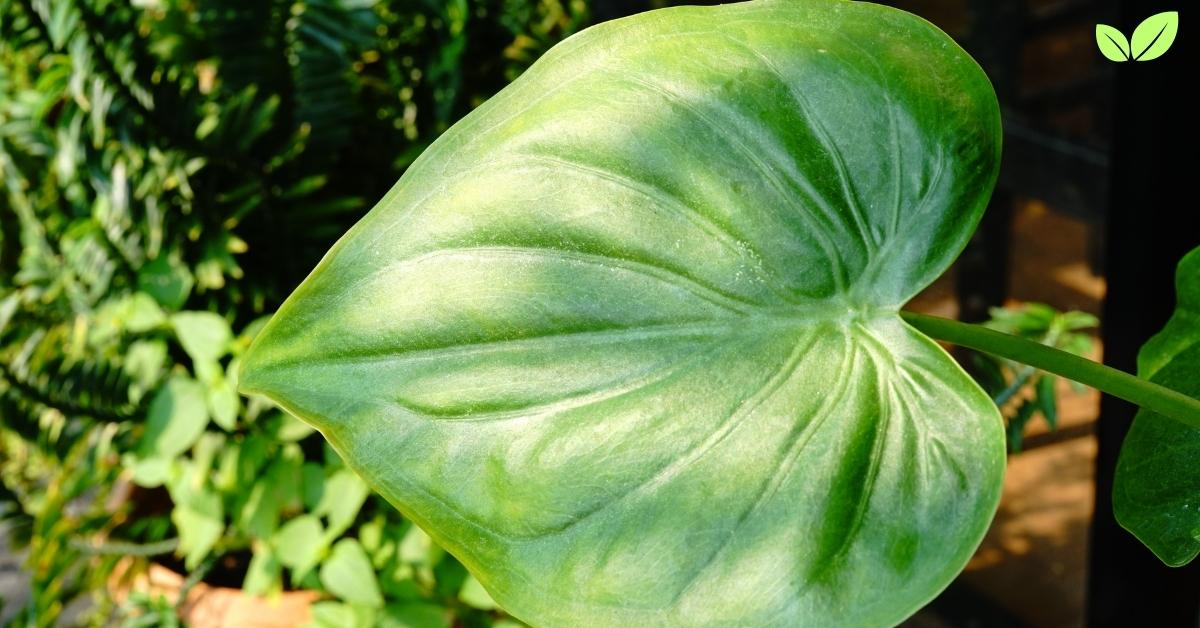Alocasia cucullata, commonly known as Buddha’s Palm or Chinese Taro, is a tropical perennial plant native to Southeast Asia. Known for its lush, heart-shaped leaves, this plant has gained popularity in both outdoor tropical gardens and as an indoor ornamental plant due to its aesthetic appeal and ease of care. However, Alocasia cucullata is more than just a decorative addition to homes and landscapes. It plays a significant role in its native ecosystems, offering various ecological benefits, contributing to soil health, and interacting with other species in complex ways. This article explores the environmental niche of Alocasia cucullata, including its habitat, physical characteristics, ecological functions, and role in both natural and cultivated environments.
1. Understanding Alocasia cucullata
Alocasia cucullata belongs to the Araceae family, which includes many tropical and subtropical plants. Its scientific name, Alocasia cucullata, comes from the Latin word “cucullatus,” meaning hooded or hood-like, referring to the shape of its leaves. This plant is well adapted to the warm, humid conditions of Southeast Asian forests, thriving in both shaded understory environments and cultivated spaces.
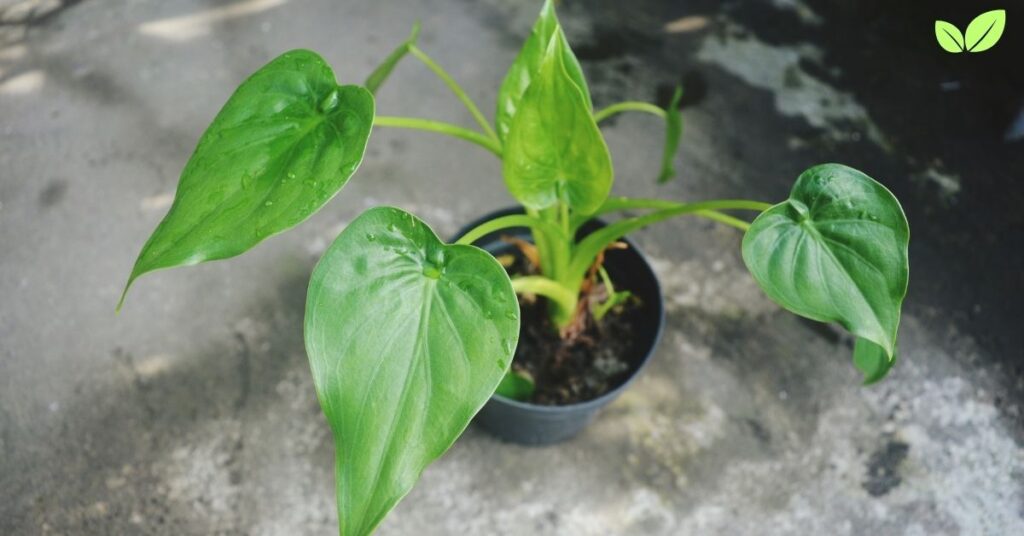
1.1. Physical Characteristics of Alocasia cucullata
- Leaf Structure: Alocasia cucullata is characterized by its large, glossy, heart-shaped leaves, which can grow up to 12 inches long. The leaves are a deep green with a smooth surface and a distinctive, hooded or cupped shape. This shape helps direct water toward the roots, an adaptation that aids in capturing moisture in its native tropical environment.
- Stems and Growth Habit: The plant has long, slender petioles (leaf stalks) that emerge from a central rhizome, giving it a clumping growth habit. The rhizome serves as a storage organ for water and nutrients, helping the plant survive periods of drought or low light conditions.
- Size: Alocasia cucullata can reach heights of up to 4 to 5 feet in ideal outdoor conditions, although it often remains smaller when grown indoors. Its compact size makes it suitable for growing in containers, as well as in the understory of tropical gardens.
1.2. Distribution and Origin
- Native Range: Alocasia cucullata is native to the tropical and subtropical regions of Southeast Asia, including countries like Thailand, Laos, Myanmar, and Southern China. It is commonly found in the forest understory, thriving in the shade provided by larger trees.
- Cultivation: Due to its attractive foliage and ease of care, Alocasia cucullata has been cultivated widely outside its native range. It is popular as a houseplant in temperate regions, where it is grown indoors to mimic the warm, humid conditions of its natural habitat. It is also grown outdoors in tropical and subtropical gardens around the world.
2. Habitat and Growth Conditions
The habitat of Alocasia cucullata is primarily characterized by warm temperatures, high humidity, and filtered light, conditions that reflect its native tropical forest environment. Understanding its growth conditions is crucial for both its natural survival and successful cultivation.
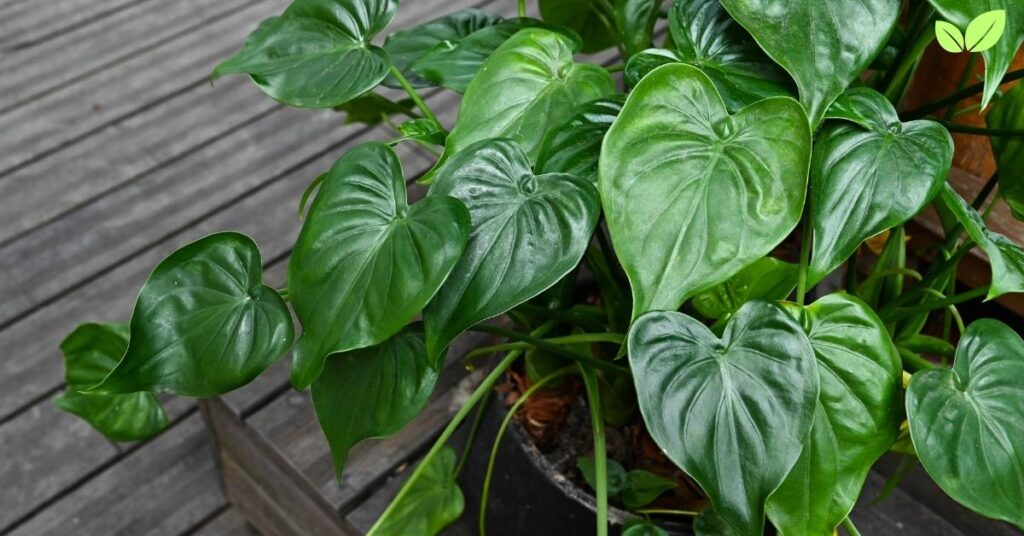
2.1. Preferred Habitat
Alocasia cucullata thrives in environments that mimic the forest floor of tropical regions:
- Light Requirements: As an understory plant, Alocasia cucullata prefers bright, indirect light or dappled shade. In its native habitat, it grows beneath the canopy of larger trees, where it is protected from direct sunlight. Excessive direct sunlight can scorch its leaves, making shaded or partially shaded conditions ideal.
- Soil Type: The plant favors well-draining, nutrient-rich soils with high organic matter content. In tropical forests, the soil is typically loamy and enriched with decomposed plant material. When cultivated, a mixture of peat, perlite, and compost can replicate these conditions, providing the necessary nutrients and moisture retention for growth.
- Moisture and Humidity: High humidity levels are essential for the growth of Alocasia cucullata, as it is adapted to the moist air of tropical forests. Regular watering is important to maintain soil moisture, but it is also crucial to avoid waterlogged conditions, which can lead to root rot.
2.2. Temperature Tolerance
- Optimal Temperature Range: Alocasia cucullata thrives in temperatures between 18°C to 30°C (65°F to 86°F). It is sensitive to cold and does not tolerate temperatures below 10°C (50°F), which can cause leaf damage or dormancy.
- Adaptations to Temperature Fluctuations: In its native habitat, Alocasia cucullata is adapted to stable, warm temperatures with minimal seasonal variation. In cultivated settings, particularly in temperate regions, it is often grown indoors or in greenhouses during colder months to maintain its preferred temperature range.
3. Ecological Role of Alocasia cucullata
Alocasia cucullata plays an important role in its native ecosystems, contributing to nutrient cycling, providing habitat for small animals and insects, and supporting the health of tropical understory environments.
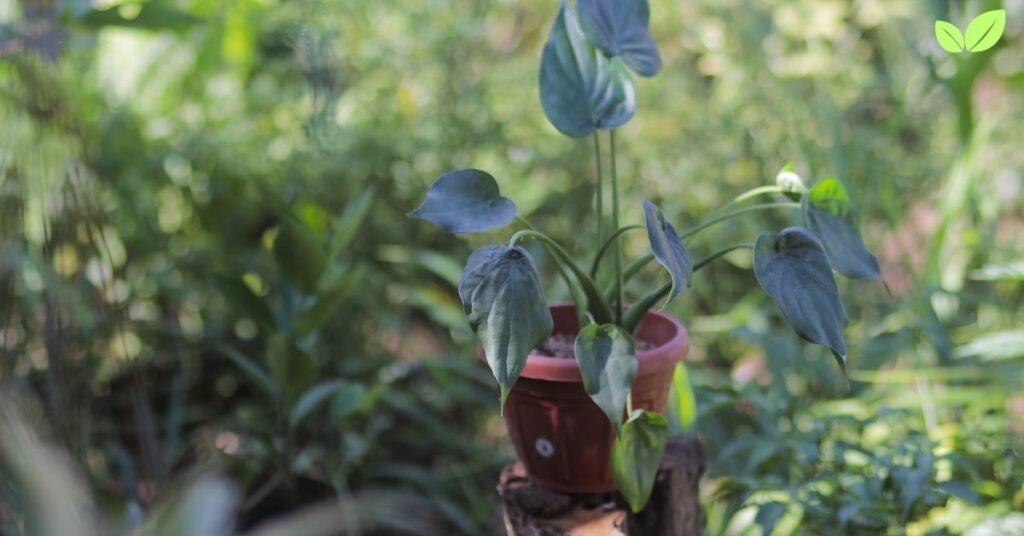
3.1. Role in the Forest Understory
In its natural habitat, Alocasia cucullata is an integral part of the forest understory, where it interacts with other plant species and contributes to the structure of the ecosystem:
- Providing Shelter: The broad leaves of Alocasia cucullata create sheltered microhabitats for small animals, insects, and amphibians. These microhabitats provide protection from predators and harsh weather, supporting a diverse range of species.
- Contribution to Soil Health: As a perennial plant, Alocasia cucullata contributes organic matter to the soil through the natural shedding of its leaves. The decomposition of these leaves enriches the soil with nutrients, improving soil fertility and supporting the growth of other understory plants.
- Erosion Control: The dense root system of Alocasia cucullata helps stabilize the soil in forested areas, particularly along stream banks and slopes. By anchoring the soil, it reduces erosion and helps maintain the structure of the forest floor.
3.2. Interactions with Other Species
Alocasia cucullata interacts with various organisms in its environment, forming symbiotic relationships that benefit both the plant and its associates:
- Pollinators: While Alocasia cucullata is primarily grown for its foliage, it does produce small, inconspicuous flowers. These flowers attract insects such as beetles and flies, which assist in pollination. In its natural environment, these interactions help ensure the genetic diversity and propagation of the species.
- Mutualistic Fungi: Like many tropical plants, Alocasia cucullata forms associations with mycorrhizal fungi in the soil. These fungi enhance the plant’s ability to absorb water and nutrients, particularly phosphorus, while the plant provides carbohydrates to the fungi. This symbiotic relationship is crucial for the plant’s survival in nutrient-poor tropical soils.
- Herbivory: In the wild, Alocasia cucullata may be browsed by herbivores, including insects and small mammals. Its leaves contain calcium oxalate crystals, which can deter excessive grazing by causing irritation when ingested, helping to protect the plant from herbivory.
4. The Role of Alocasia cucullata in Cultivated Environments
Beyond its natural ecological role, Alocasia cucullata has become a popular plant in cultivated landscapes, both for its ornamental value and its contributions to indoor air quality and garden ecosystems.
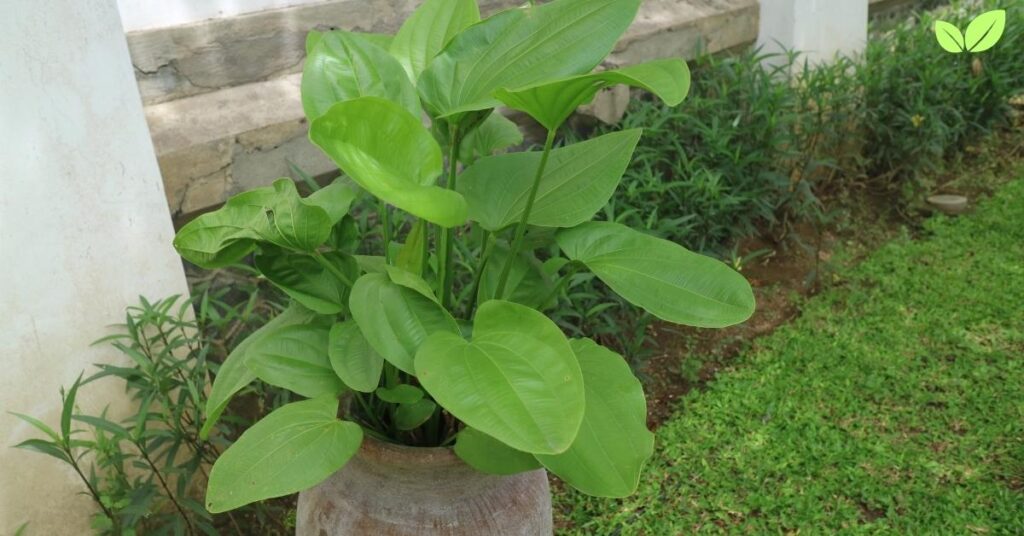
4.1. Ornamental Value in Gardens and Interiors
- Aesthetic Appeal: The striking, heart-shaped leaves and lush growth habit of Alocasia cucullata make it a popular choice for ornamental gardens and indoor decor. Its compact size allows it to be used as a focal point in smaller garden spaces or as a dramatic indoor plant in containers.
- Low-Maintenance Requirements: Alocasia cucullata’s adaptability to container growth and ability to thrive in indirect light make it an ideal plant for indoor cultivation. It requires regular but manageable care, including consistent watering and occasional fertilization to maintain its vibrant foliage.
- Versatility in Landscaping: In outdoor tropical and subtropical landscapes, Alocasia cucullata can be used to create lush, green backdrops or as part of shaded garden beds. It is often combined with other shade-loving plants such as ferns, hostas, and caladiums to create rich, multi-layered planting schemes.
4.2. Benefits to Indoor Environments
- Air Purification: Like many members of the Araceae family, Alocasia cucullata can help improve indoor air quality by absorbing airborne pollutants such as formaldehyde, benzene, and xylene. This makes it a beneficial plant for homes and offices, contributing to a healthier indoor environment.
- Humidity Regulation: The large leaves of Alocasia cucullata transpire moisture, helping to increase humidity levels in indoor spaces. This can be especially beneficial in dry climates or during winter months when indoor heating can lower humidity, leading to dry skin and respiratory discomfort.
5. Challenges and Considerations in Cultivating Alocasia cucullata
While Alocasia cucullata is a resilient plant, it does face certain challenges, both in natural habitats and in cultivation. Understanding these challenges is key to ensuring its successful growth and ecological contribution.
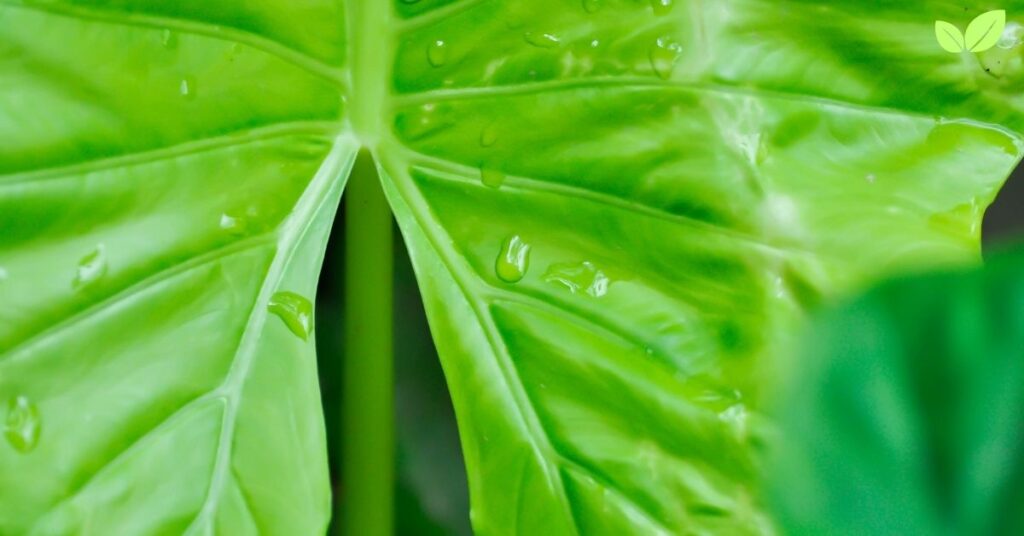
5.1. Pests and Diseases
Alocasia cucullata is susceptible to a range of pests and diseases, which can affect its health and growth:
- Spider Mites and Aphids: Spider mites and aphids are common pests that can infest Alocasia cucullata, particularly when grown indoors where natural predators are absent. These pests can cause leaf damage, including yellowing and curling of leaves. Regular inspection and the use of organic insecticidal soap can help manage these infestations.
- Root Rot: Overwatering or poor drainage can lead to root rot, a fungal condition that causes the roots to decay. To prevent root rot, it is essential to use well-draining soil and avoid letting the plant sit in standing water.
- Fungal Leaf Spots: High humidity, while generally beneficial for Alocasia cucullata, can sometimes promote the growth of fungal pathogens that cause leaf spots. Good air circulation around the plant and the removal of affected leaves can help control these issues.
5.2. Environmental Sensitivities
- Cold Sensitivity: Alocasia cucullata is highly sensitive to cold temperatures and frost, which can cause leaf damage and stunt growth. In temperate regions, it is best grown as an indoor plant or moved indoors during winter to protect it from the cold.
- Light Sensitivity: While the plant prefers bright, indirect light, it can suffer if exposed to too much direct sunlight, which can scorch its leaves. Finding a suitable location that provides filtered light is key to maintaining the plant’s health.
5.3. Conservation and Sustainable Use
In its native range, Alocasia cucullata may face threats from habitat loss due to deforestation and land conversion:
- Habitat Preservation: Protecting the tropical forests of Southeast Asia where Alocasia cucullata naturally occurs is crucial for maintaining its population. Conservation efforts aimed at preserving these forests help protect the biodiversity of the entire ecosystem, including understory plants like Alocasia.
- Sustainable Harvesting: In some regions, Alocasia cucullata is harvested for traditional uses or as part of the horticultural trade. Sustainable harvesting practices are important to ensure that wild populations are not depleted, maintaining ecological balance and genetic diversity.
6. The Cultural Significance and Traditional Uses of Alocasia cucullata
Alocasia cucullata holds cultural significance in various parts of its native range and has been used in traditional practices for centuries.
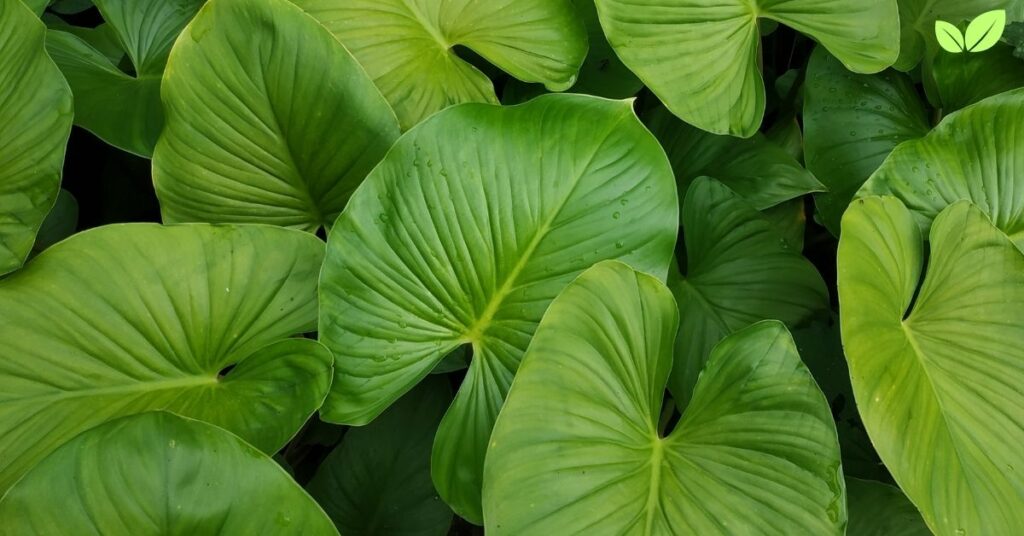
6.1. Symbolism and Cultural Importance
- Buddhist Temples: In parts of Southeast Asia, Alocasia cucullata is commonly planted around Buddhist temples, earning it the nickname “Buddha’s Palm.” It is believed to bring good fortune and prosperity, and its presence in sacred spaces highlights its cultural importance.
- Feng Shui Practices: In Chinese culture, Alocasia cucullata is often used in Feng Shui practices due to its heart-shaped leaves, which are thought to attract positive energy and improve the flow of Chi (energy) in homes and gardens.
6.2. Traditional Medicinal Uses
- Herbal Remedies: Although not widely documented in scientific literature, Alocasia cucullata has been used in traditional herbal medicine in some cultures. Its rhizomes and leaves are sometimes used in poultices for treating skin irritations and inflammation, though caution is advised due to the presence of calcium oxalate crystals, which can cause skin irritation if handled improperly.
- Spiritual Practices: The plant is sometimes used in rituals and ceremonies, particularly in regions where it is considered a symbol of protection and spiritual well-being.
Conclusion
Alocasia cucullata is a remarkable plant that plays a multifaceted role in both natural ecosystems and cultivated landscapes. Its ability to thrive in tropical forest understories makes it a valuable part of the biodiversity in Southeast Asian forests, where it contributes to soil health, supports wildlife, and stabilizes the forest floor. In cultivated settings, its attractive foliage and adaptability have made it a popular choice for gardeners and indoor plant enthusiasts alike, bringing a touch of the tropics into homes and urban spaces.
Despite its resilience, Alocasia cucullata faces challenges from habitat loss, pests, and environmental sensitivities. However, with proper care and sustainable practices, it can continue to thrive both in its native range and as part of human-managed environments. By appreciating the ecological and cultural importance of Alocasia cucullata, we can contribute to its conservation and enjoy the beauty and benefits this plant brings to our natural and cultivated worlds. Through continued conservation efforts, sustainable cultivation, and a deeper understanding of its ecological niche, Alocasia cucullata can remain a thriving part of the world’s botanical diversity.
Read More: Basil: How This Herb Supports Pollinators and Biodiversity in Your Garden

